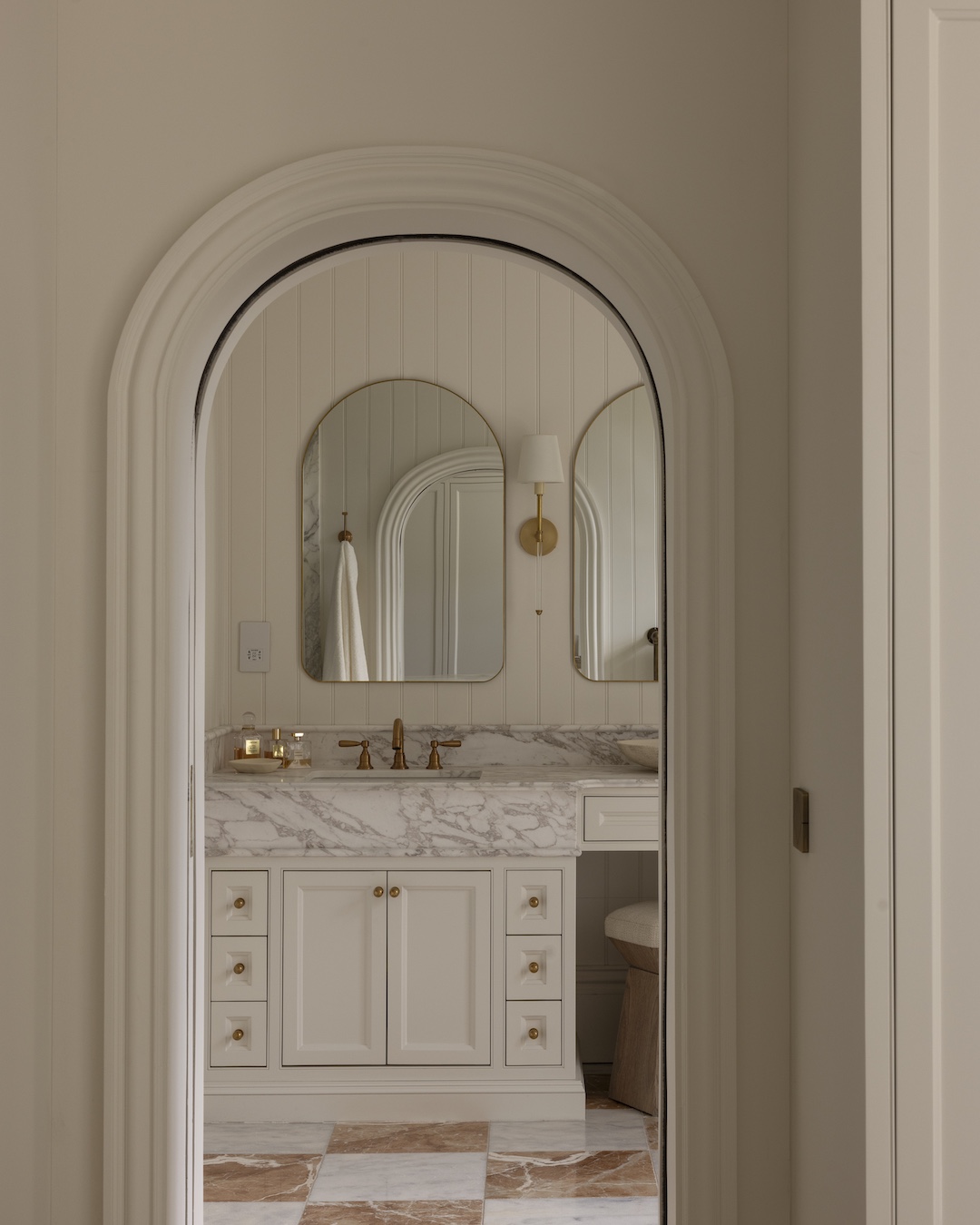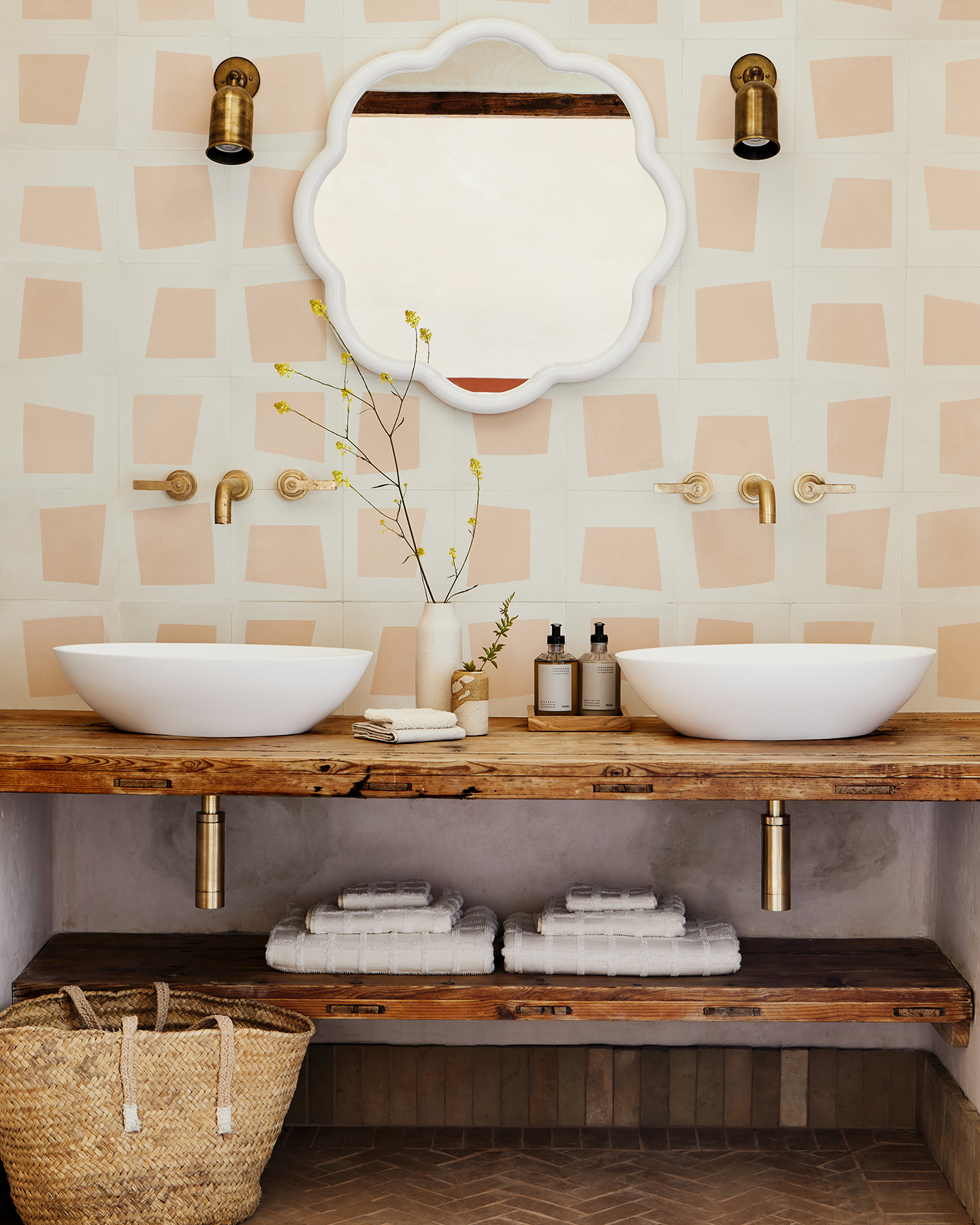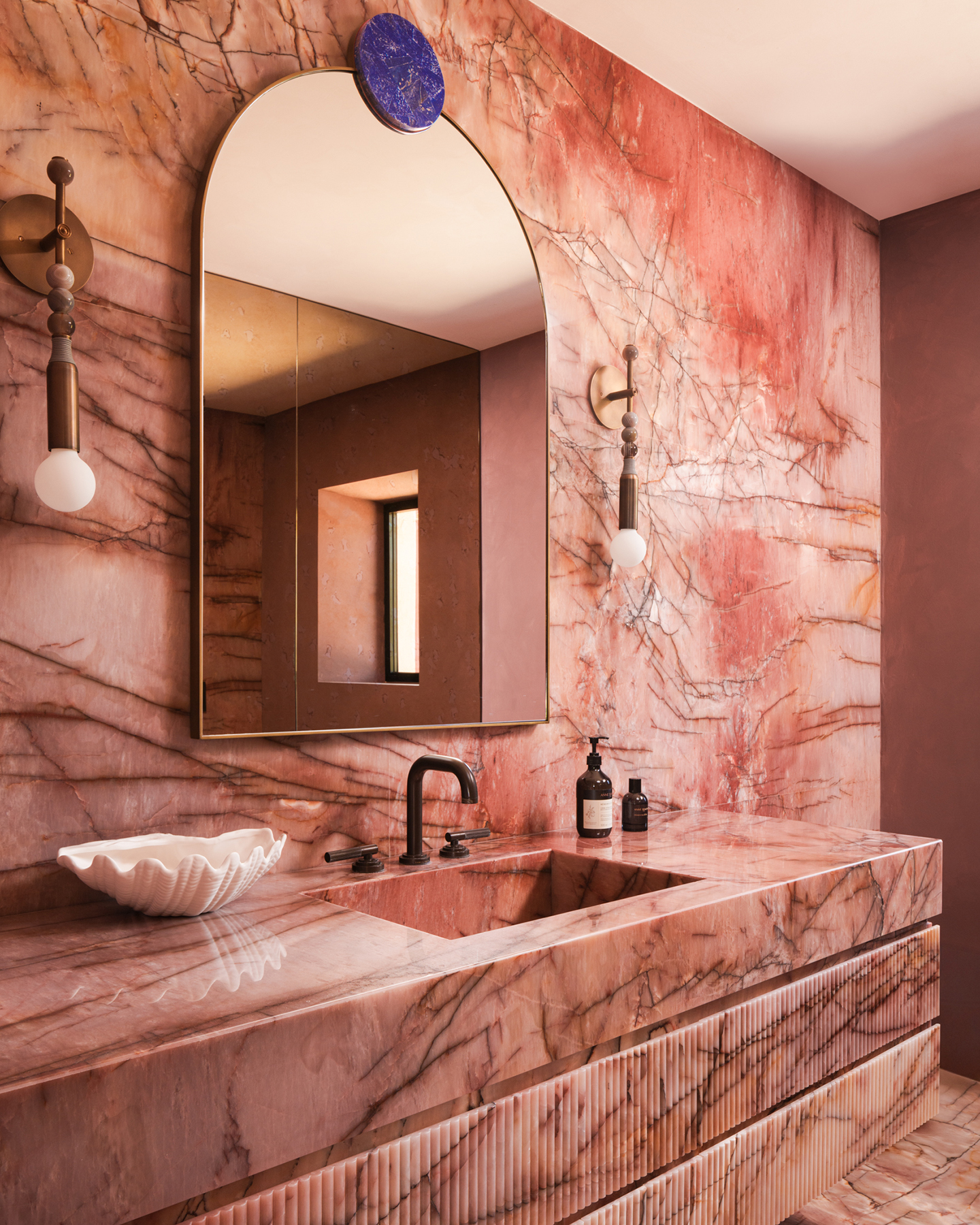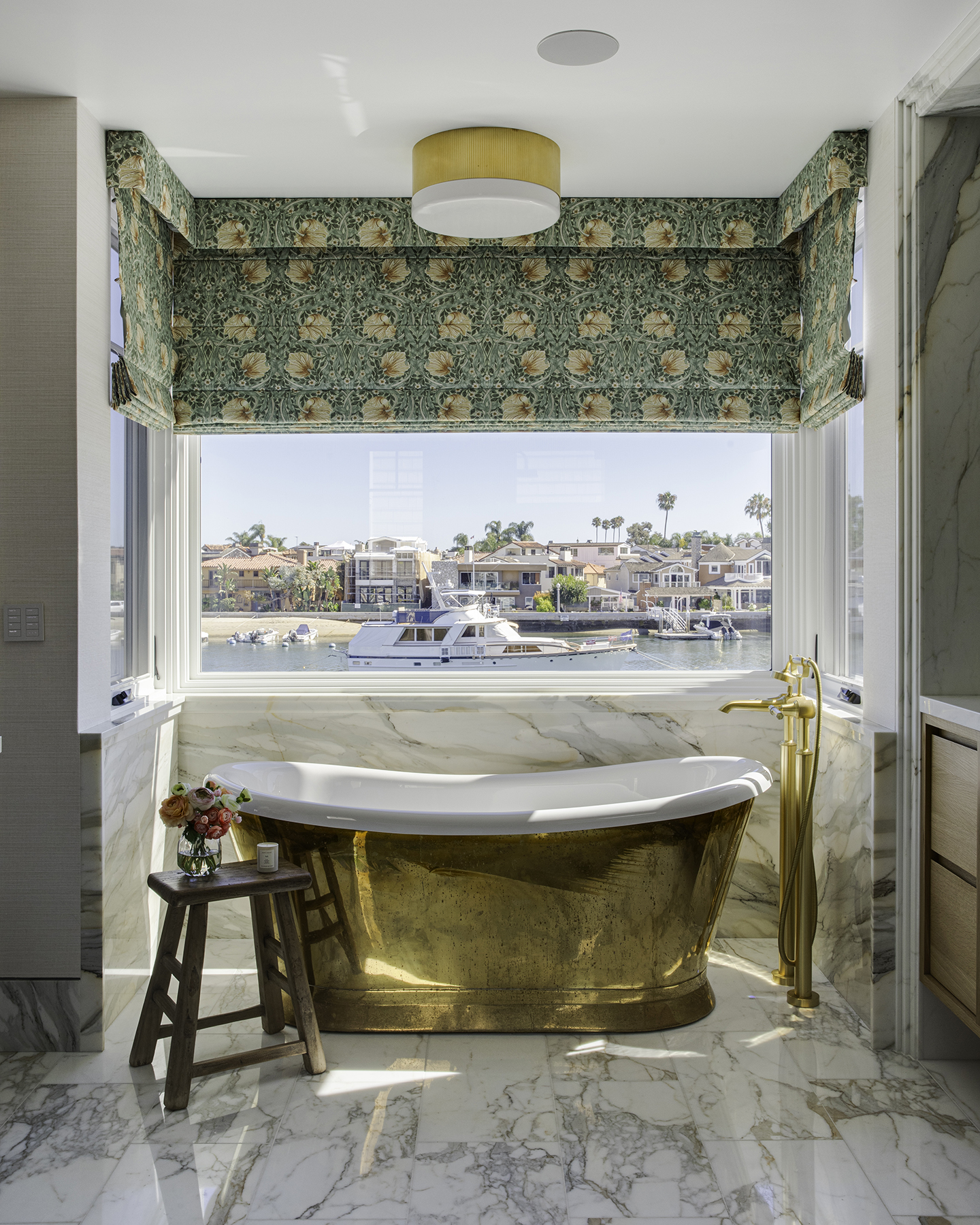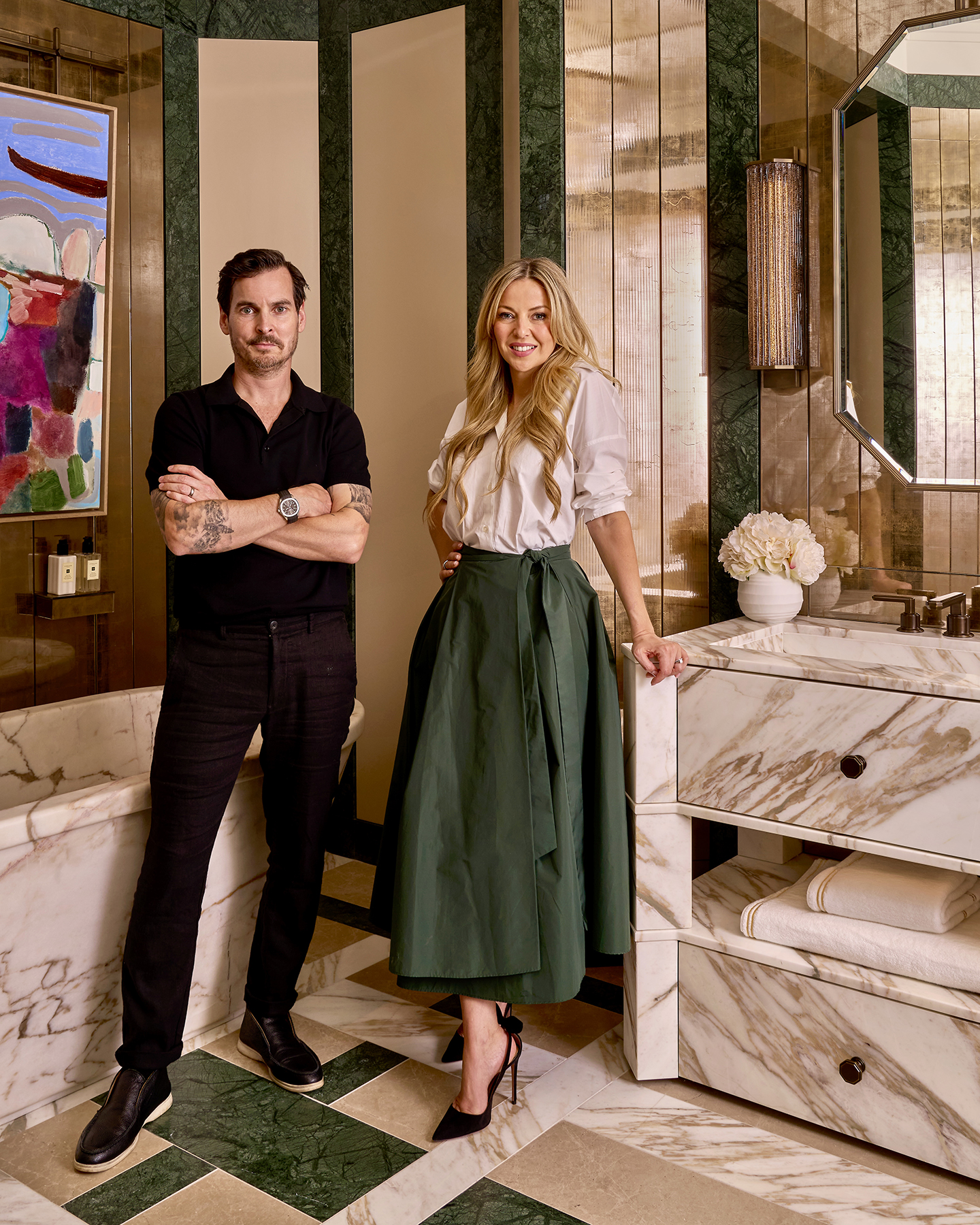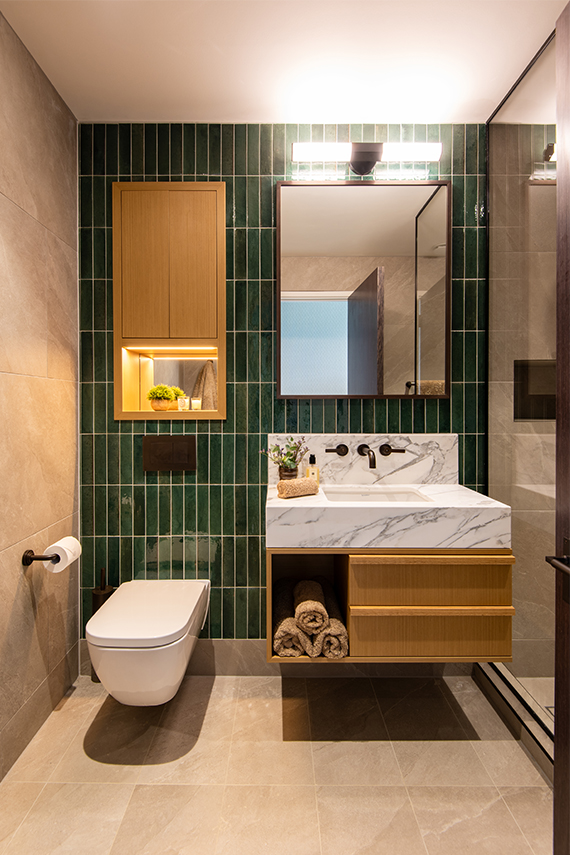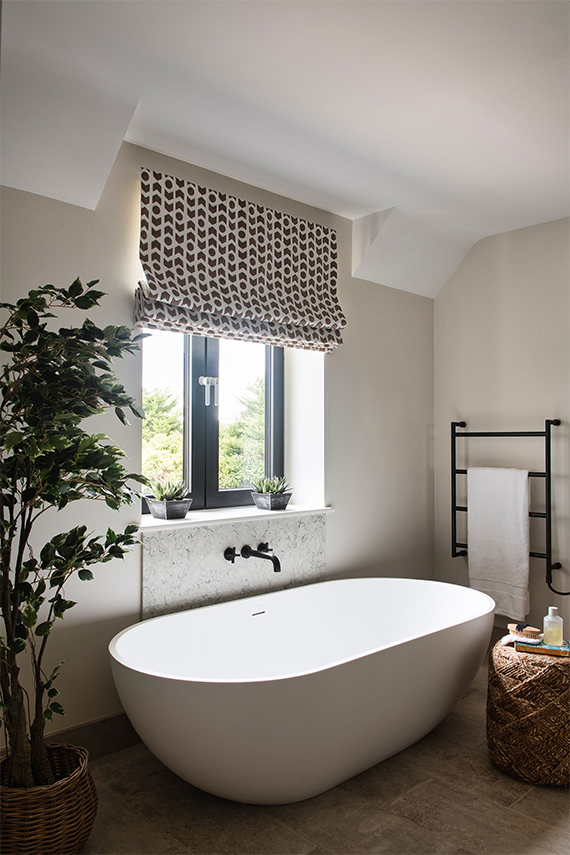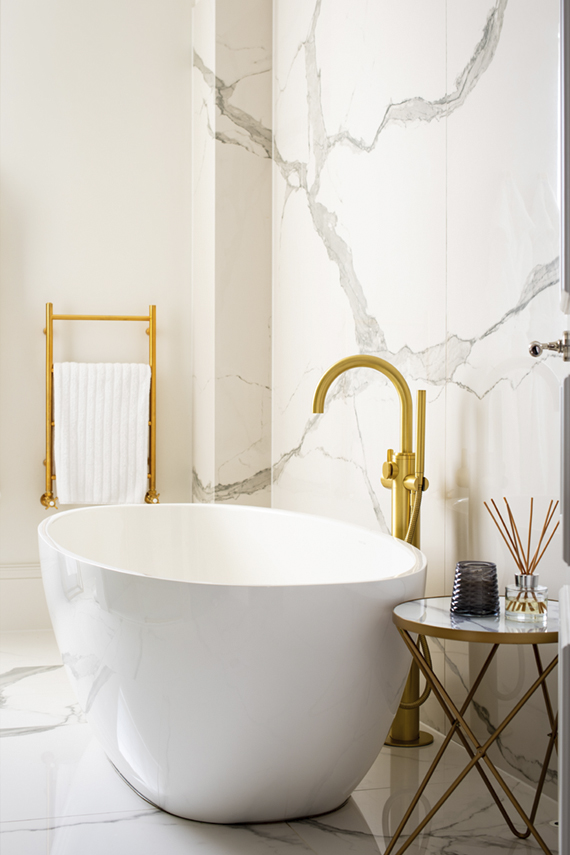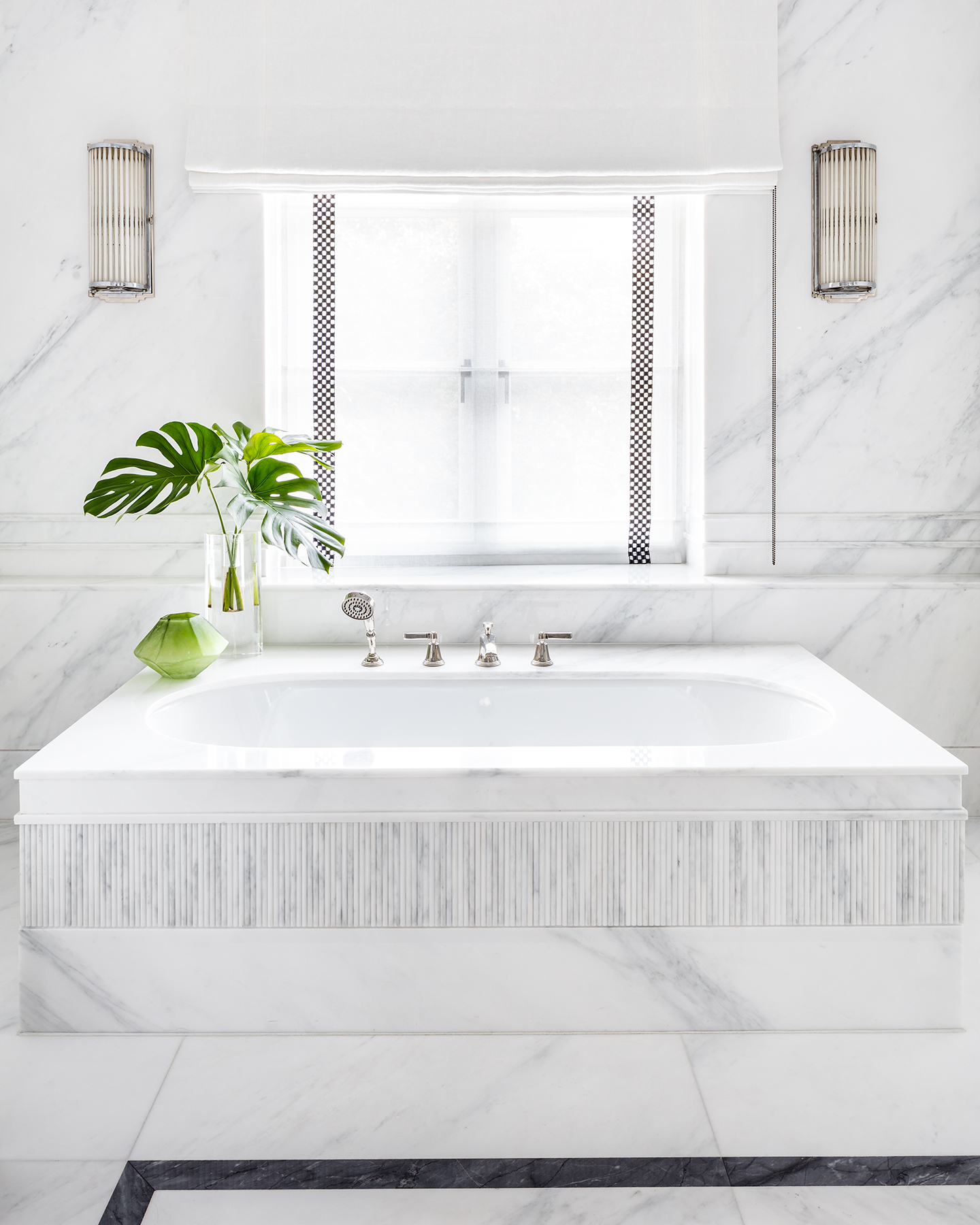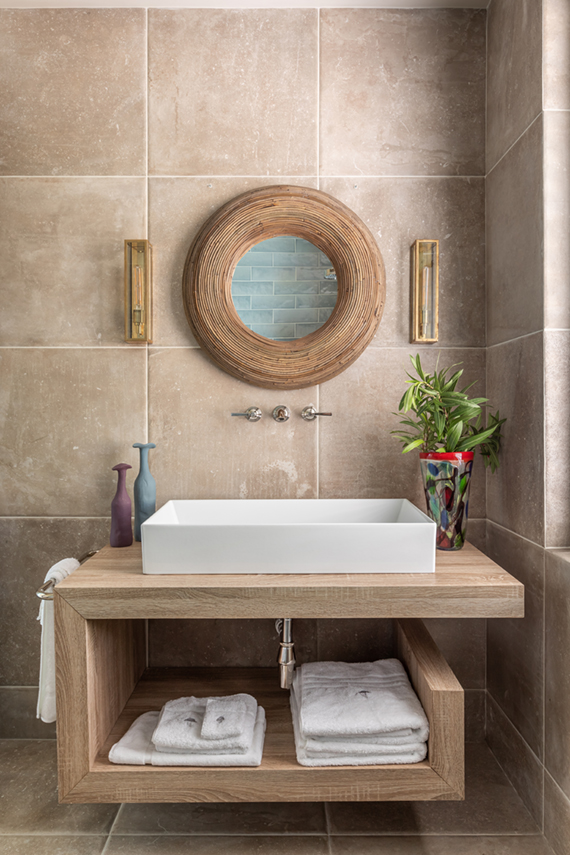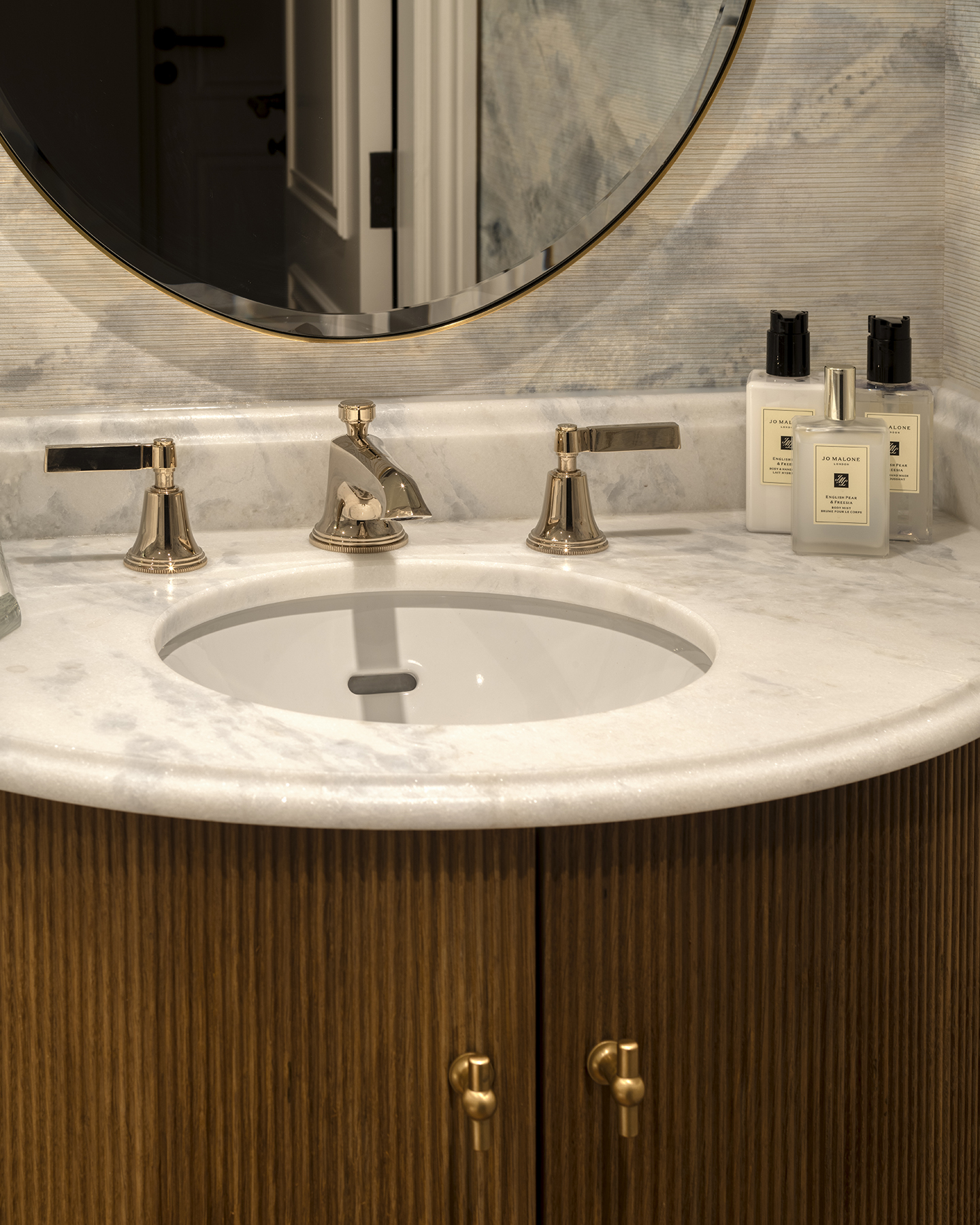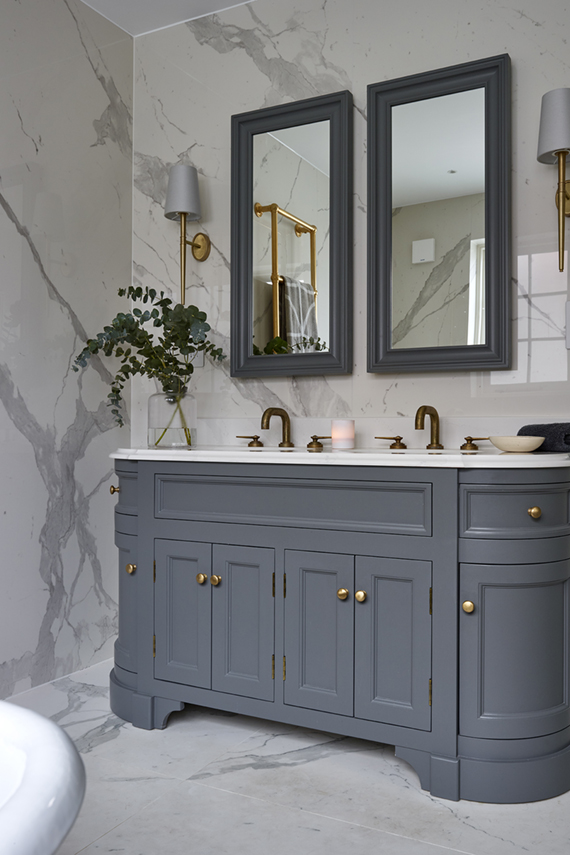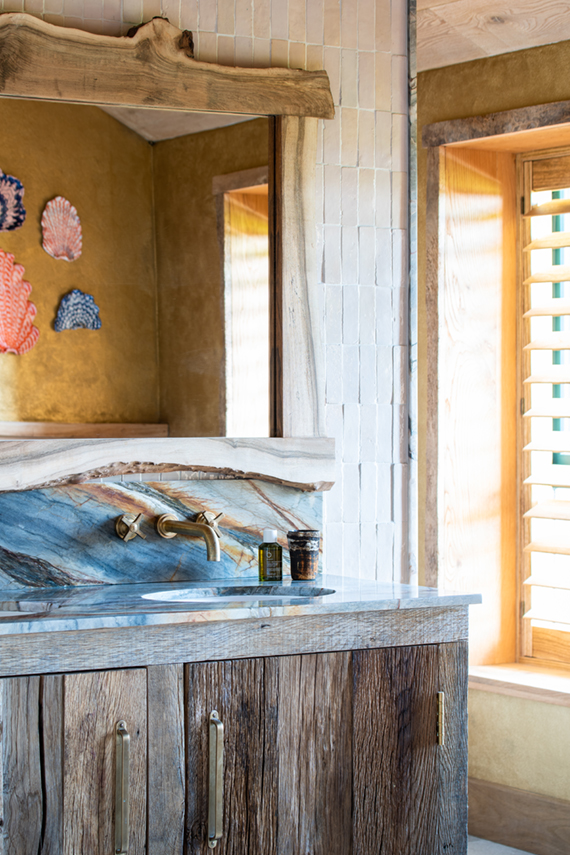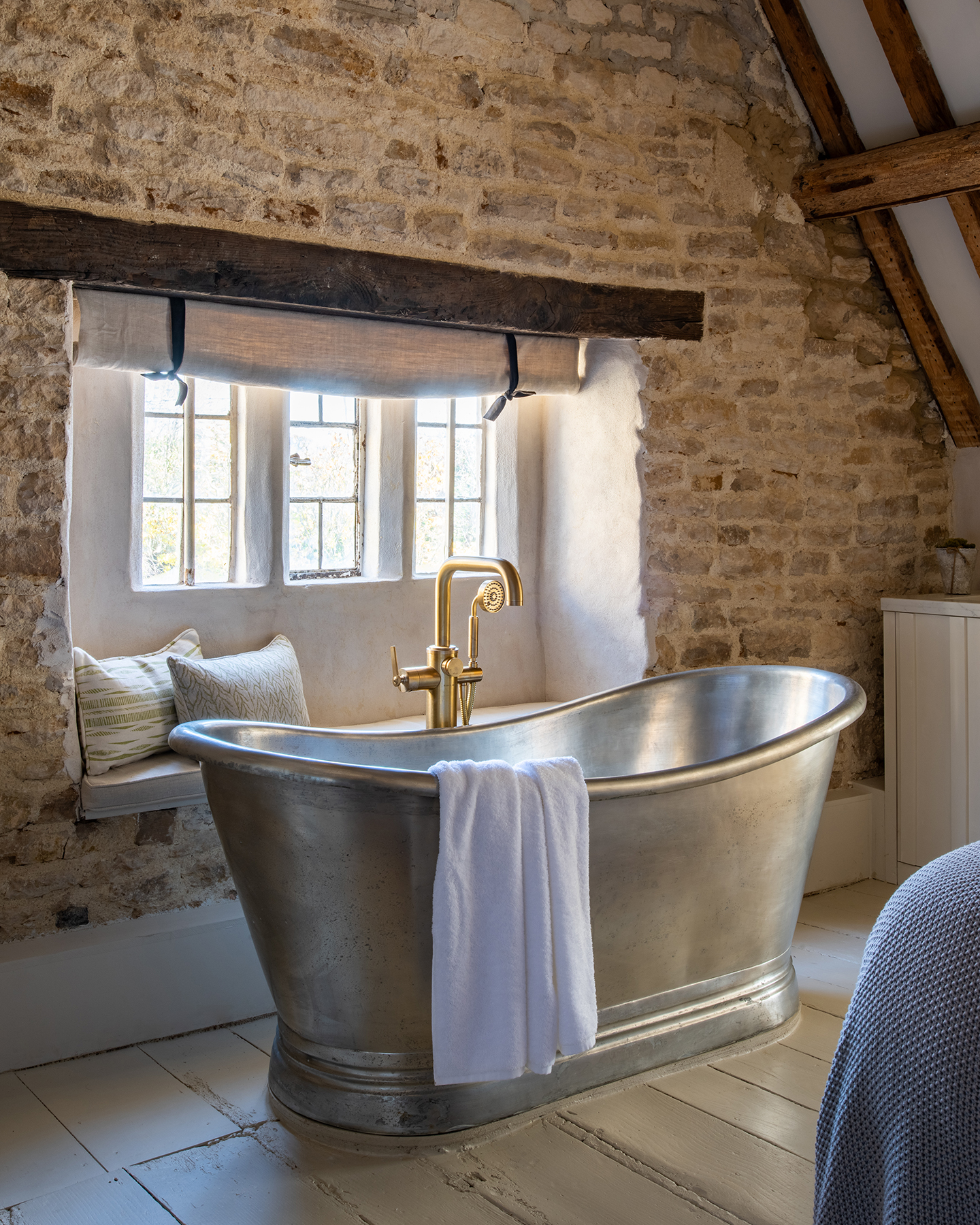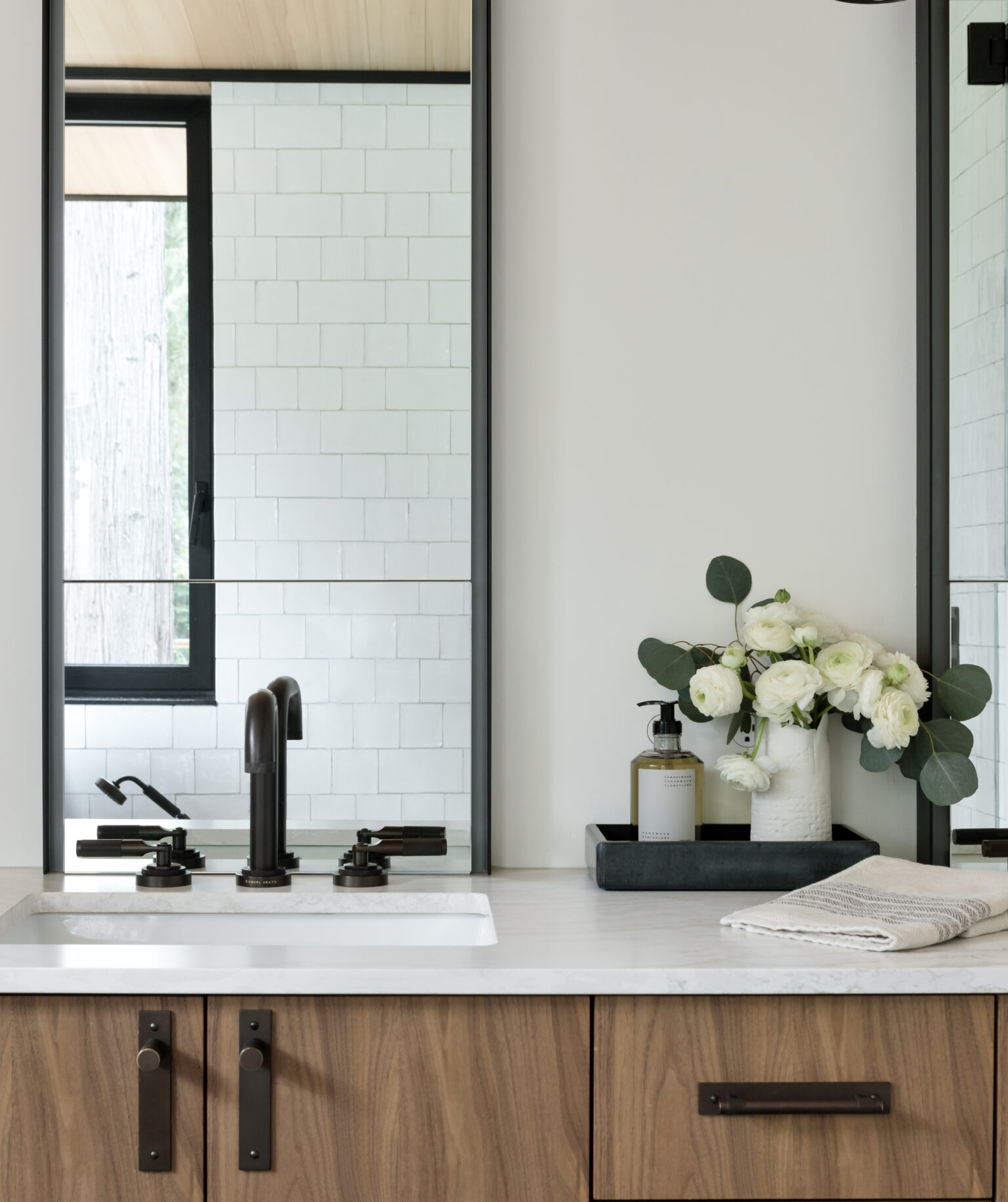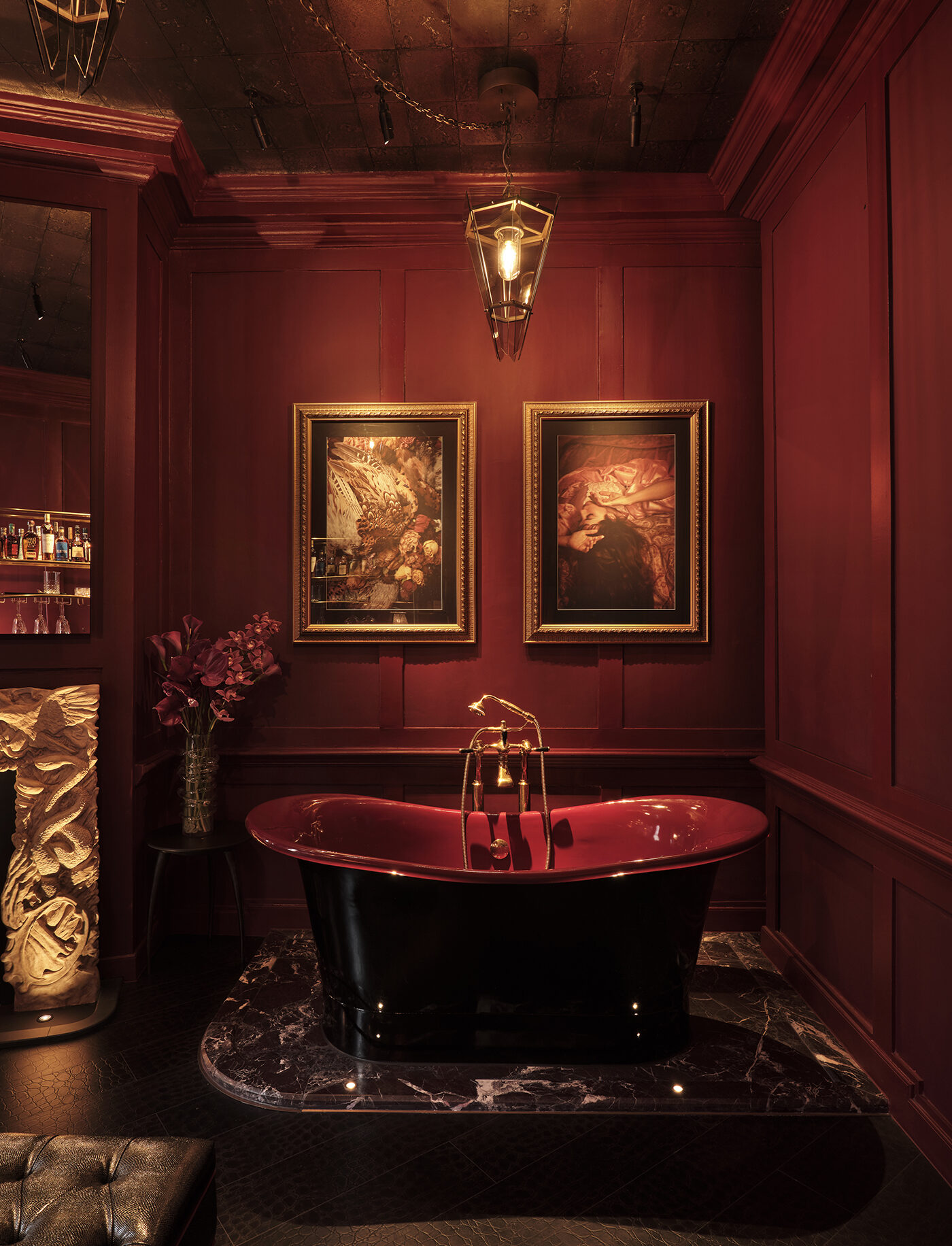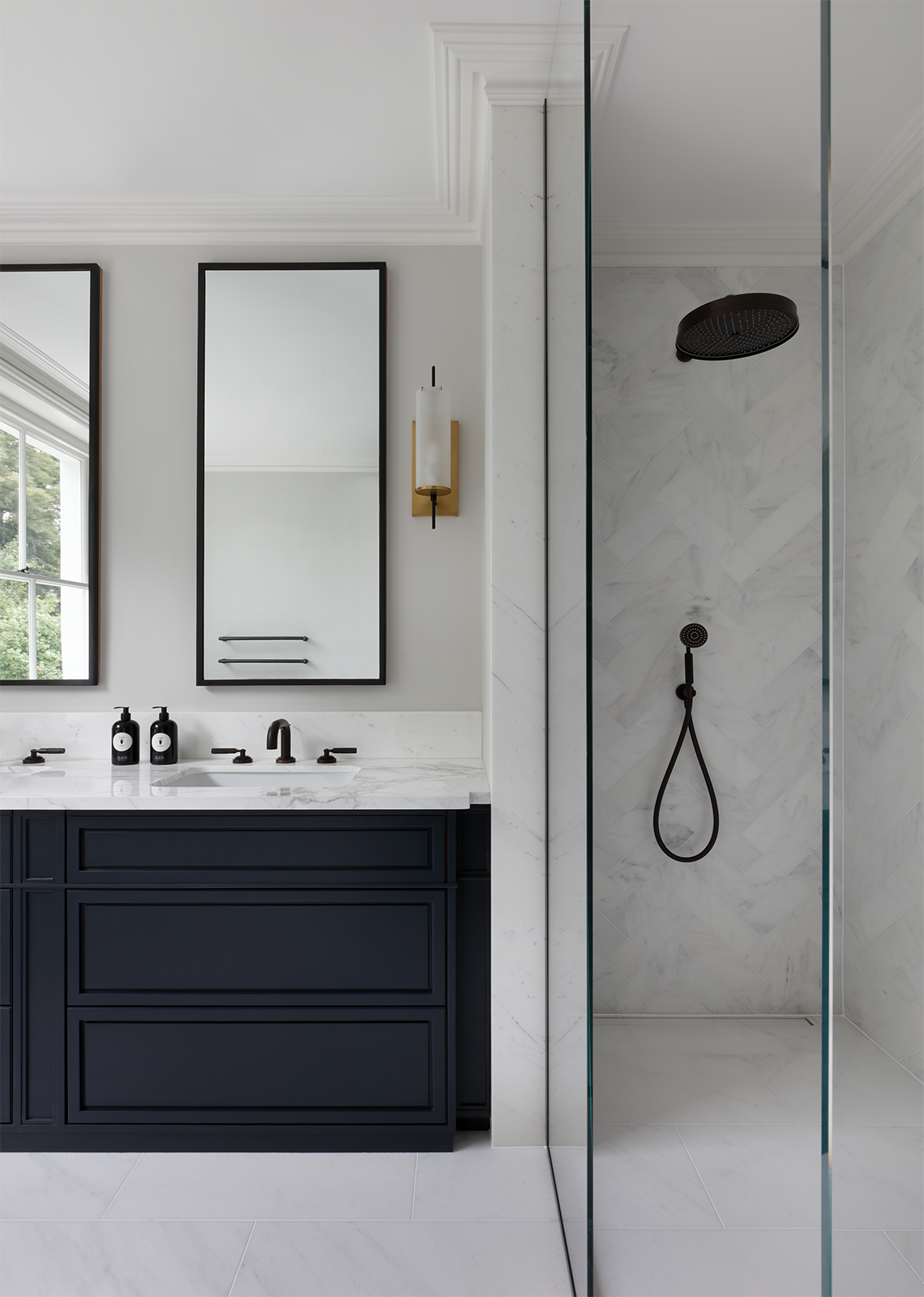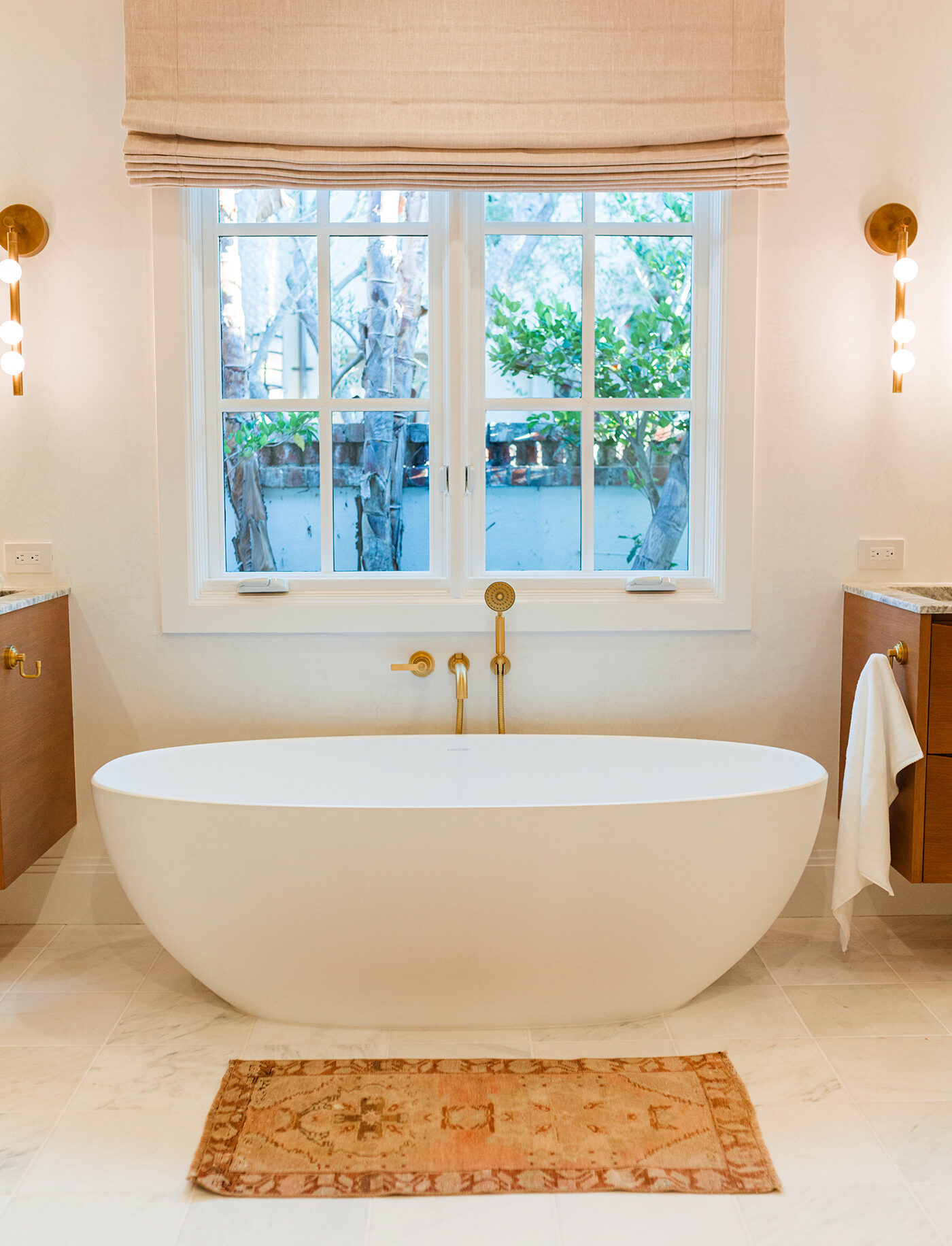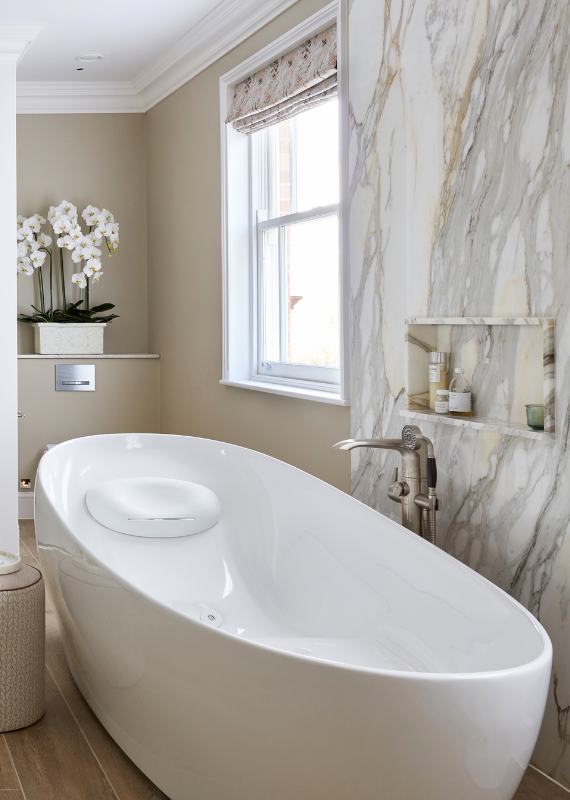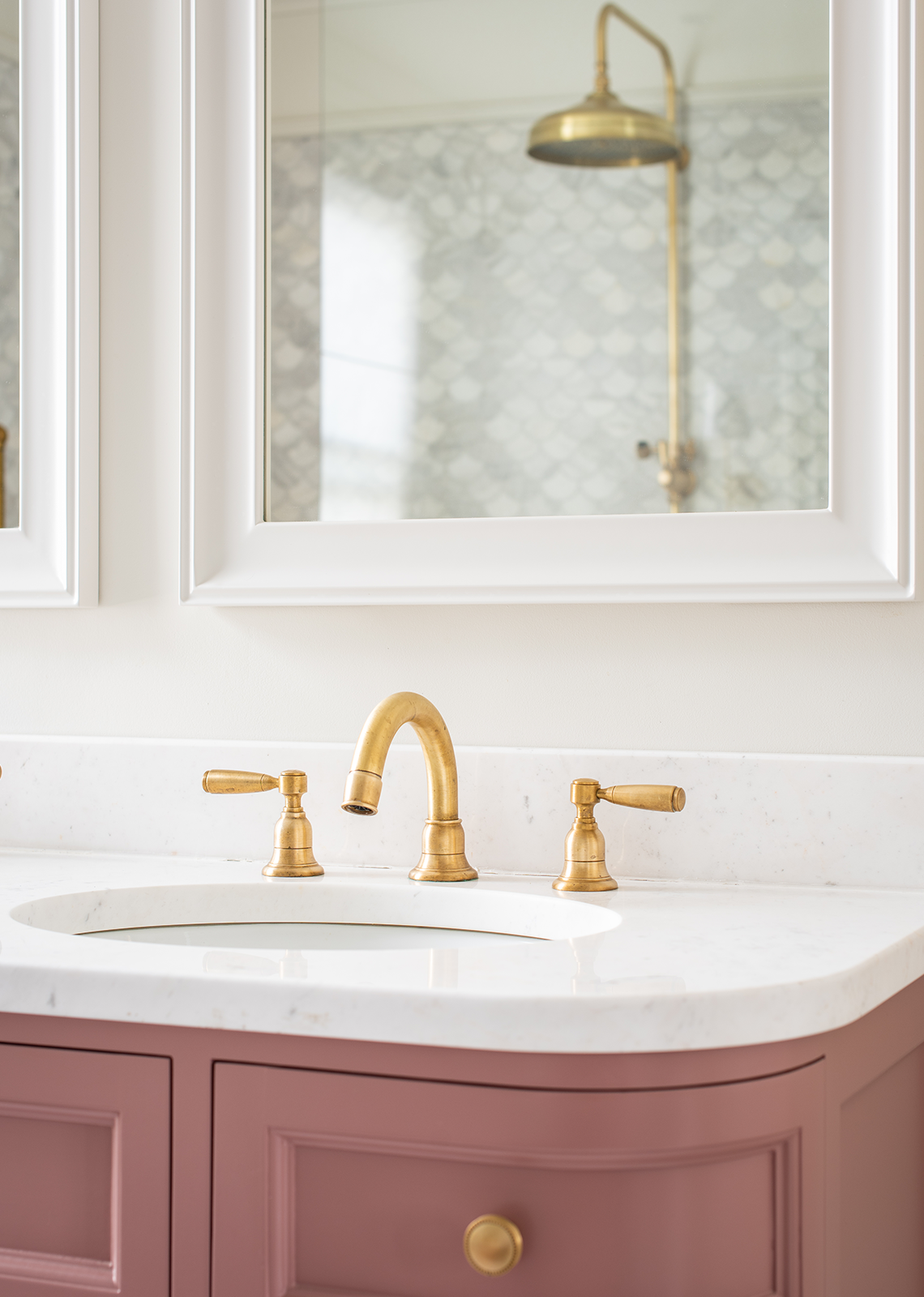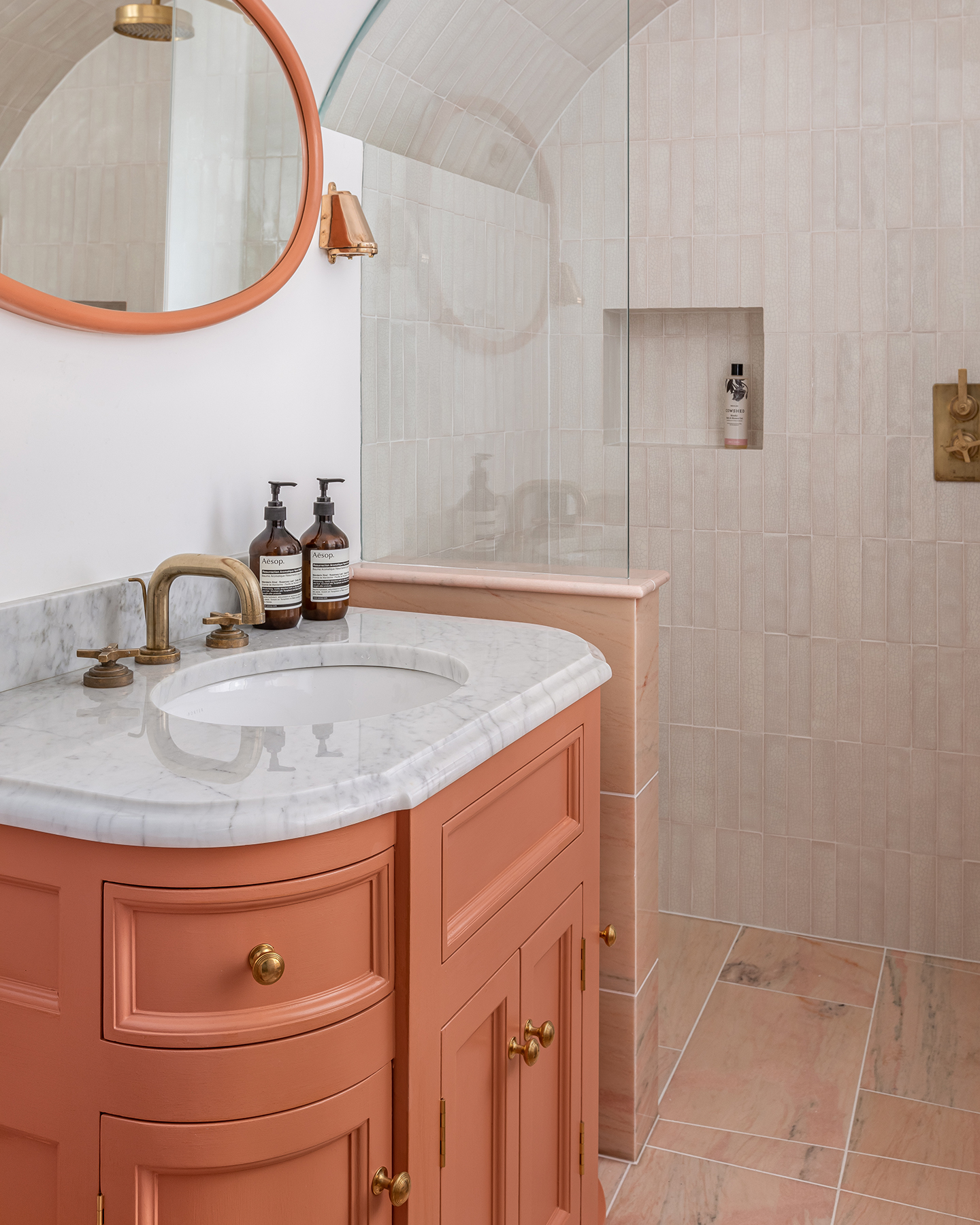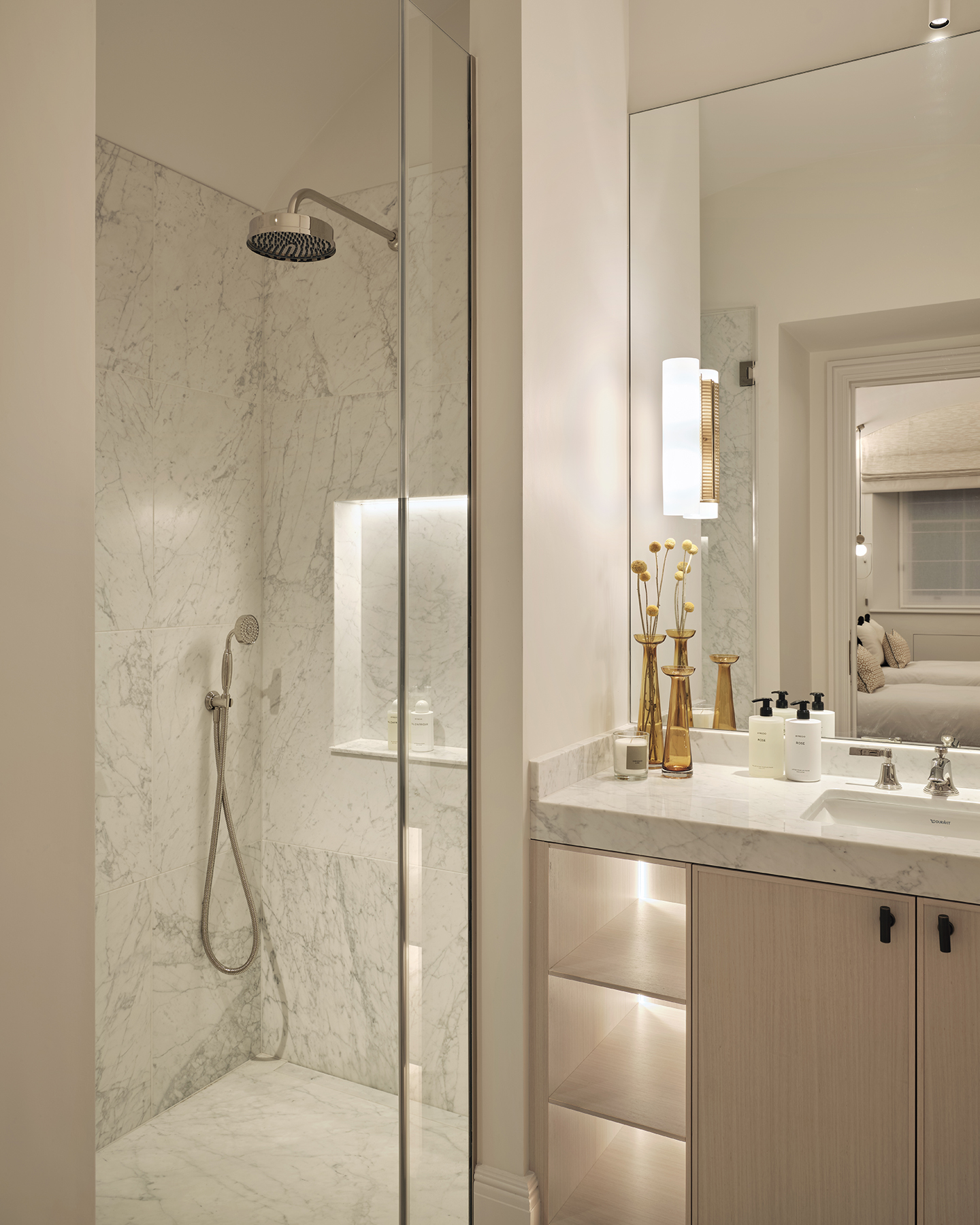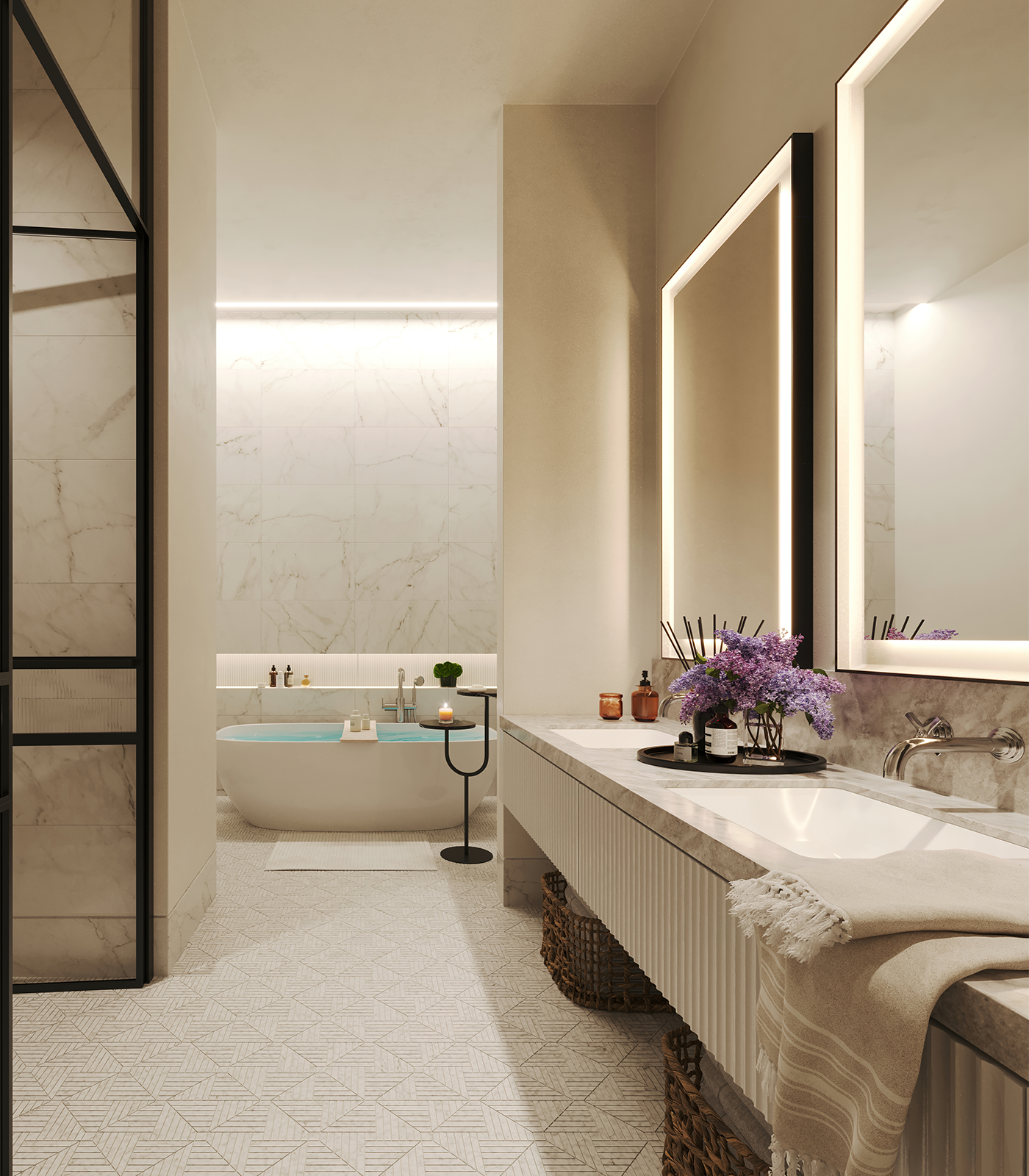Case Studies
Inspiration
Go behind the scenes of our factory and explore in-house articles that reveal the artistry of luxury brassware through illustrated design stories.
Case Studies
Casa La Siesta, Cádiz
Case Studies
Farmhouse Villa, Mallorca
Case Studies
Bayfront Home, California
Case Studies
WOW!house 2025, Design Centre Chelsea Harbour
Case Studies
Lake Home, Cotswolds
Where design meets devotion. Celebrating collaborations and stories that illuminate the expertise, heritage, and innovation at the heart of our craft.
Case Studies
Manor House, Worcestershire
Case Studies
Georgian Style Family Home, Kent
Case Studies
St Johns Wood Victorian Villa, London
Case Studies
Private Villa, Antigua
Case Studies
Townhouse, Knightsbridge
Case Studies
Family Home, Chiswick
Case Studies
Eclectic Country Barn, Somerset
Case Studies
16th Century Cottage, Cotswolds
Case Studies
Mid-Century-Modern Home, British Columbia
Case Studies
Chateau Denmark, Soho London
Case Studies
St Johns Wood Villa, London
Case Studies
Shady Canyon Home, Orange County
Case Studies
Country House, Worcestershire
Case Studies
Victorian Townhouse, Fulham
Case Studies
Georgian Townhouse, Bayswater
Case Studies
Duplex Apartment, Mayfair
Case Studies
